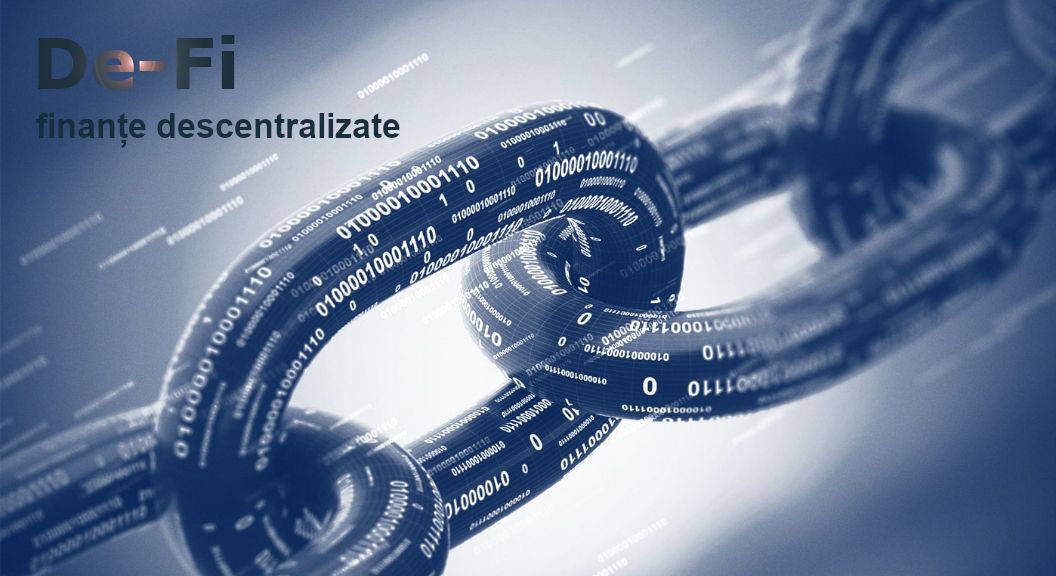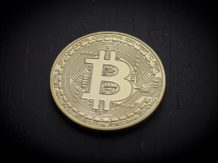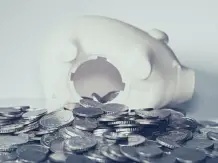The traditional financial market is based on centralization. The central authorities issue the currency which is subsequently used by banks, governments and traders. Therefore, central banks have the power to manage and regulate the flow and supply of these currencies on the market.
The population has several ways to multiply their money – in most cases, by giving up control to financial organizations such as banks. Deposits and savings accounts generate interest, and banks use that capital to lend higher interest loans.
Another alternative is investing in equities, investment funds and other such instruments. In general, these investments are made through brokers or specialized companies, so the control over them is very low.
Problems arise when central authorities make the decision to issue more money to cover market demand. Thus inflation appears, the devaluation of money and, subsequently, methods of controlling the interests that reduce the profitability of the economies are necessary.
What does the concept of decentralized finance offer?
The concept of decentralized finance is based on digital assets, protocols, smart contracts and dApps built on a blockchain. De-Fi is an open financial ecosystem, where various small financial instruments and services can be built in a decentralized manner. Because they are applications built on a particular blockchain, they can be combined, modified and integrated as needed.
The De-Fi objective is to provide full control over assets, through decentralization and blockchain technology. Also, many developers of financial applications adopt open-source protocols for trading through decentralized exchanges.
Anyone can safely store, market and invest their assets on the blockchain and get a much higher profit than in the traditional financial system. Because there are no intermediaries managing your asset, De-Fi offers complete control over investments.
Types of De-Fi services
There are several types of financial services that the De-Fi ecosystem makes available to the public. These include lending protocols, stable cryptocurrencies, DEXs and investment platforms.
Open lending protocols
These are digital lending platforms built on a blockchain and are among the most popular De-Fi services. It works similar to banks in that users deposit their funds and earn interest when someone else borrows digital assets. The difference is that these loans are managed through smart contracts, which dictate loan conditions, connect creditors and debtors and are responsible for the distribution of interest.
By eliminating the middlemen and the transparency offered by the blockchain, the lender gets bigger profits and understands the risks more clearly.
Among the most popular lending protocols are peer-to-peer platforms such as Dharma and liquidity pool projects such as Compound Finance. Other examples are MakerDAO and BlockFi.
Stable cryptocurrencies
Unlike other types of cryptocurrencies, stablecoins are blockchain tokens, designed to maintain a specific value. This is usually done by binding fiat currencies such as the US dollar or other assets such as gold.
For those based on fiat currencies, a fiat currency reserve is usually kept in a bank to return the current token offering. Examples of such stable cryptocurrencies are Tether, Gemini Dollar or USDC.
The main problem is that in general, these stablecoins are centralized and based on currencies vulnerable to economic problems. They can also become risky when confidence is lacking in the issuing body’s ability, as happened with Tether.
MakerDAO has issued another type of stable cryptocurrency, whose value is based on USD and guaranteed with ETH. For every DAI, there are $ 1.50 Ether (ETH) coins locked in the MakerDAO smart contract as collateral.
DEXs and open markets
Unlike centralized exchanges such as Coinbase and Binance, DEXs are peer-to-peer protocols without a central authority. The advantage of this approach is that there are no registrations, no identity checks or withdrawal fees.
Like centralized platforms, DEXs use innovative methods, such as atomic swaps for cryptocurrency conversion. Also, many argue that they use non-custodial methods to ensure the exchange of an asset with another with a minimum settlement or risk time.
The reality is that many DEXs use semi-centralized or hybrid systems to ensure their operation. Also, the liquidity of these platforms depends largely on the number of users.
The most popular DEXs include IDEX – a blockchain on the Ethereum, Binance DEX, Radar Relays and EtherDelta. The Kyber network and 0x are two other examples of decentralized exchanges. DMEX is also a decentralized exchange created by a Romanian, Max Nicula.
Other types of open markets focus on the marketing of non-fungible tokens (NFTs), known as collectibles. OpenSea and Rarebits are two examples of platforms for non-fungible token collectors.
Platforms dedicated to security tokens and investments
This sector covers a wide range of platforms, which offer both trading services and security token issuance. Some examples are tZERO from Overstock, Polymath and Harbor.
They provide the framework, tools and resources needed for any issuer to launch tokenized securities on a blockchain. Platforms of this type automate the legislative compliance services and customize the parameters to meet the regulatory requirements.
In addition, they are integrated with various service providers, such as custodians, broker-dealers, legal entities to assist issuers.
Dedicated security tokens are gaining popularity as institutional investors enter the open financial markets.
How decentralized and how risky are the De-Fi services?
Depending on the services offered, all these systems have a certain degree of centralization at present. Until the law is fully adapted to the concept of decentralized finance, there will always be a form of centralization. For example, in the case of purchasing a property on the blockchain, the law and the court in the respective country must recognize the transaction.
Like any high-yielding product, there is always a certain risk that manifests itself when it comes to De-Fi.
Managing digital assets requires specialized knowledge and more user responsibility. He must be able to keep private keys secure, use desktop / hardware wallets and multi-factor authentication.
The DeFi market is tiny compared to traditional finance, but it has been growing fast since last year. With more projects and dApps dedicated to finance, there is massive growth potential. The hope is that, in the future, the traditional financial market will be able to operate with digital assets and blockchain in perfect sync.
















